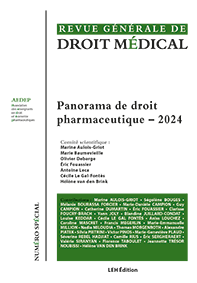0
Panier
0 €

Territoires pharmaceutiques fragiles
Citer cet ouvrage :
Morgenroth Thomas, Louchez Aniss, Territoires pharmaceutiques fragiles ,PDP, n°12, 2025, p.39-49
Exporter vers RIS
Télécharge un fichier pour utilisation dans EasyBib, Mendeley, Zotero, etc.
EXPORTER vers RIS
Télécharge un fichier pour utilisation dans EasyBib, Mendeley, Zotero, etc.
EXPORTER vers RIS


